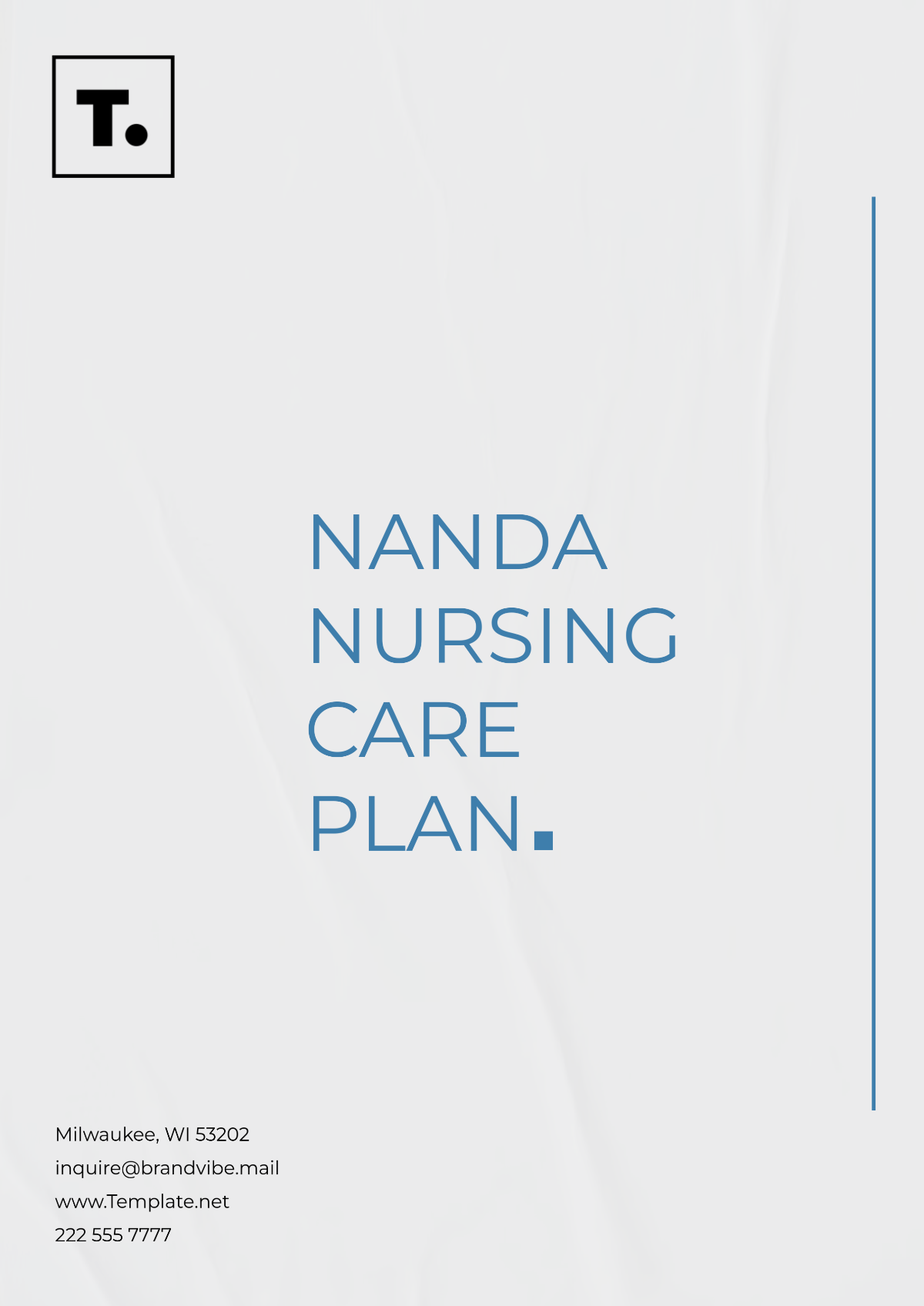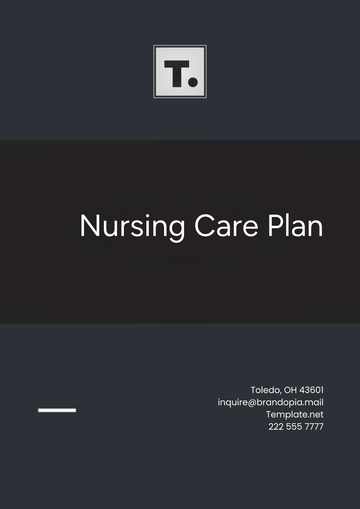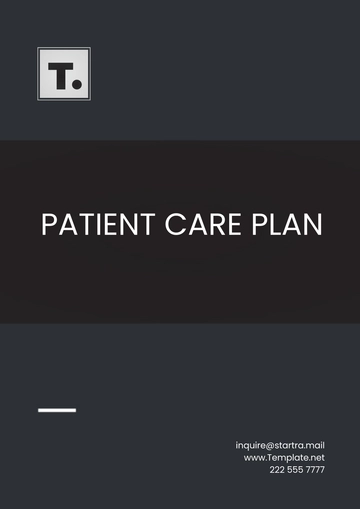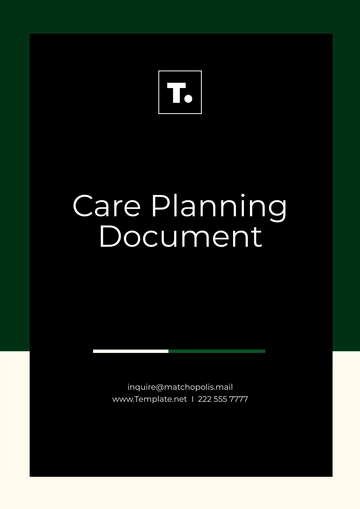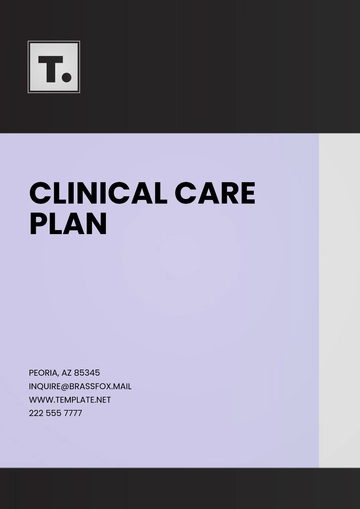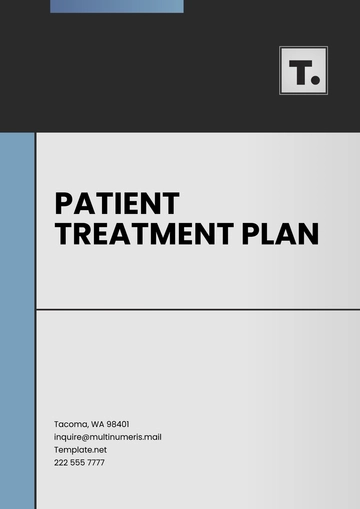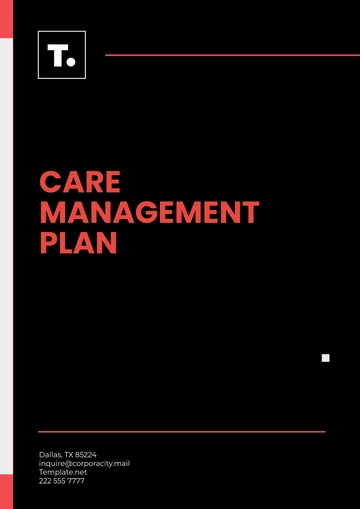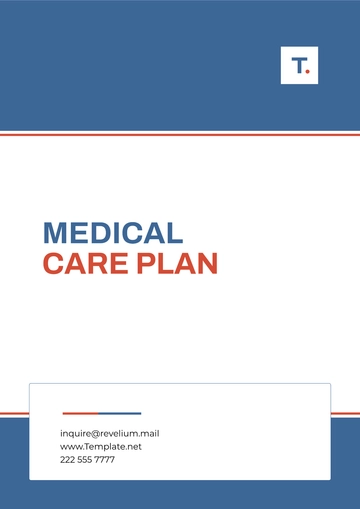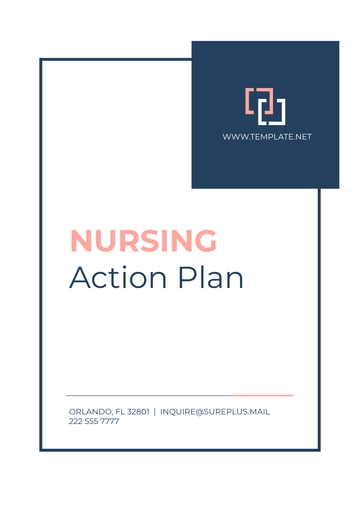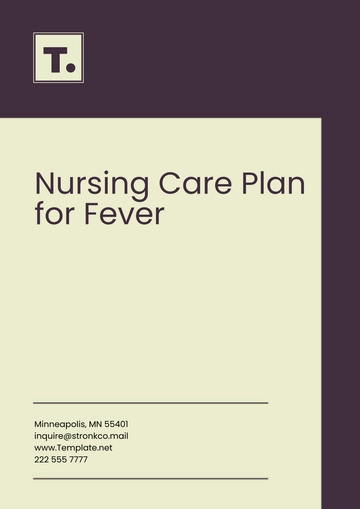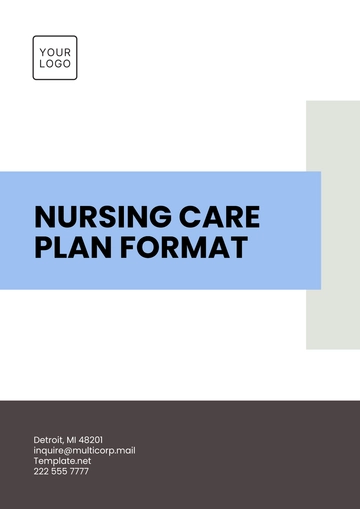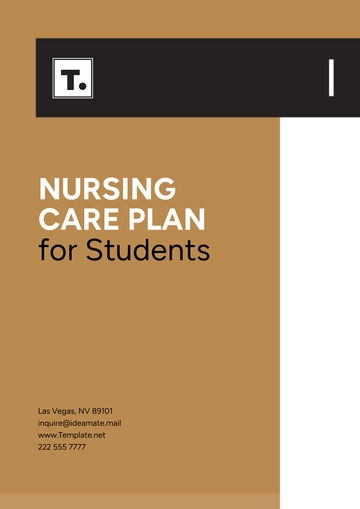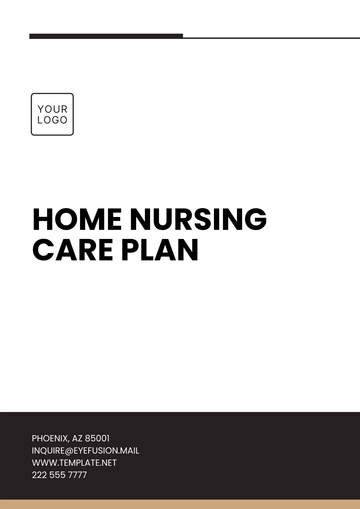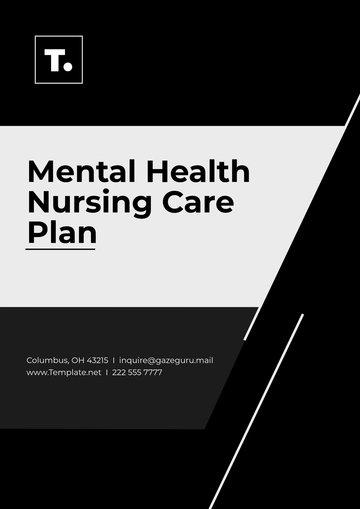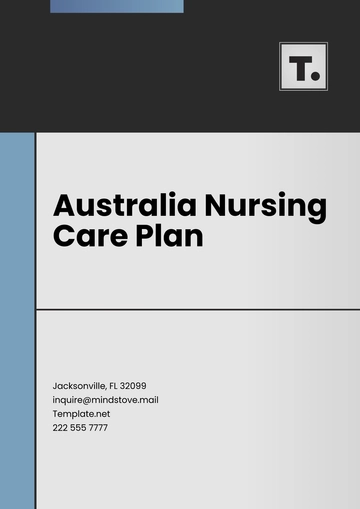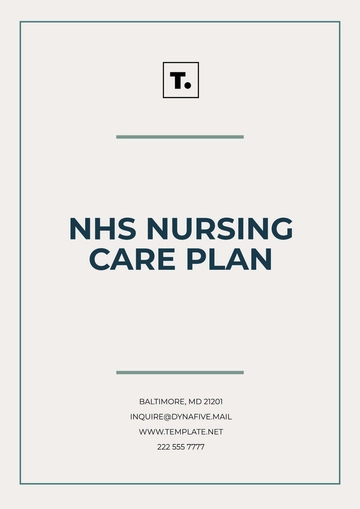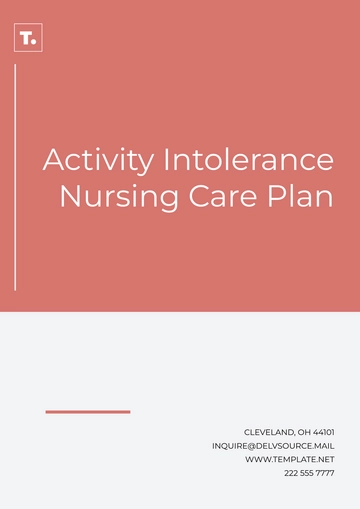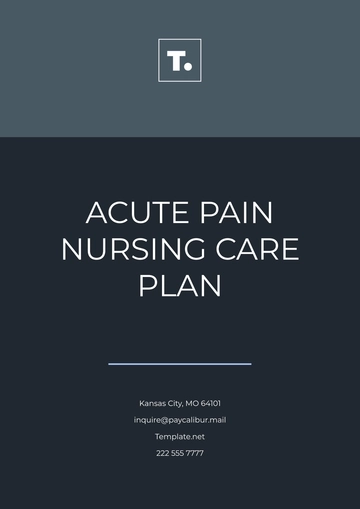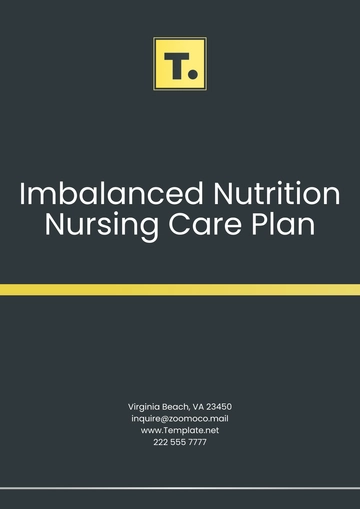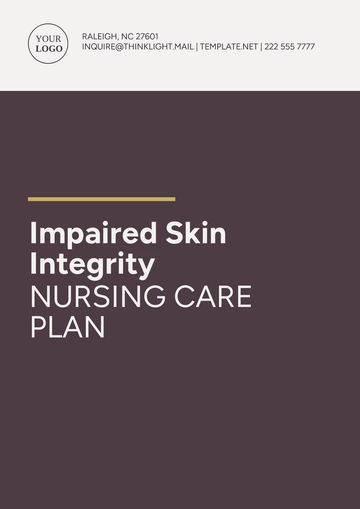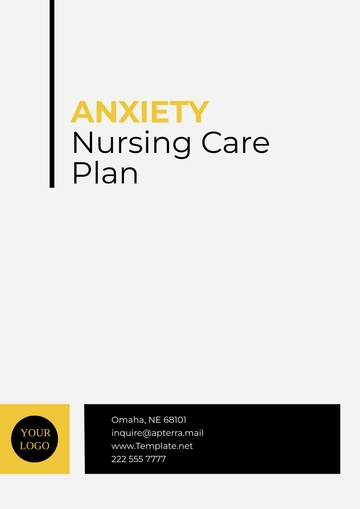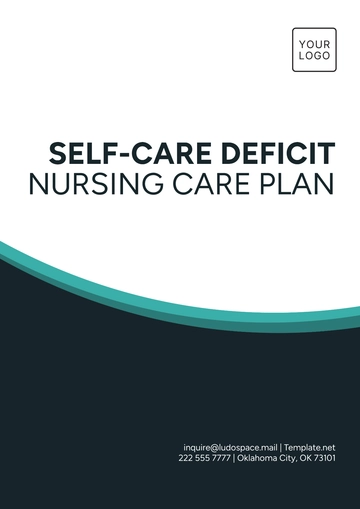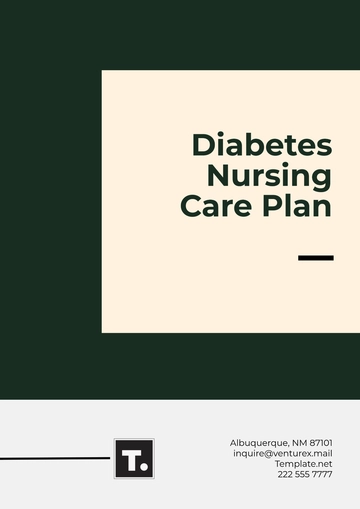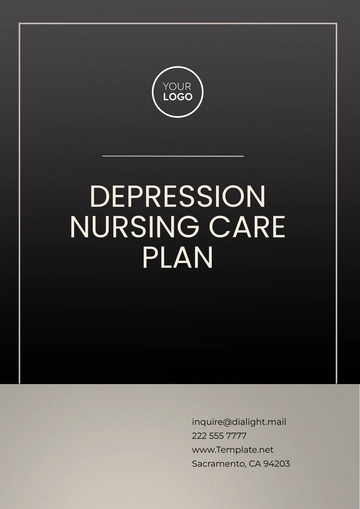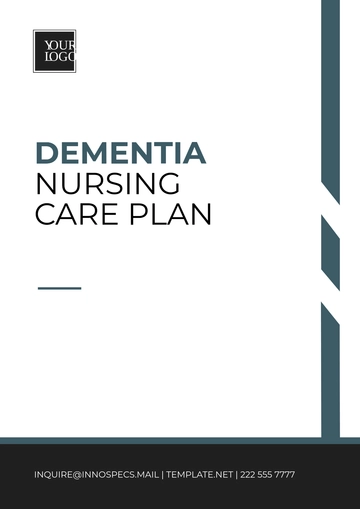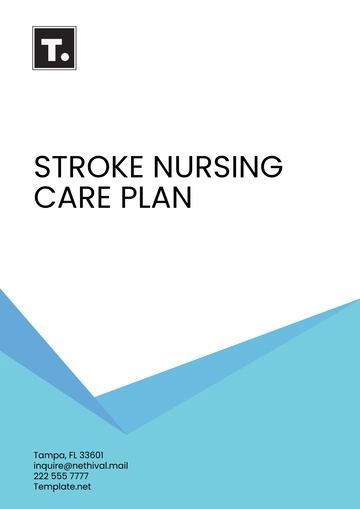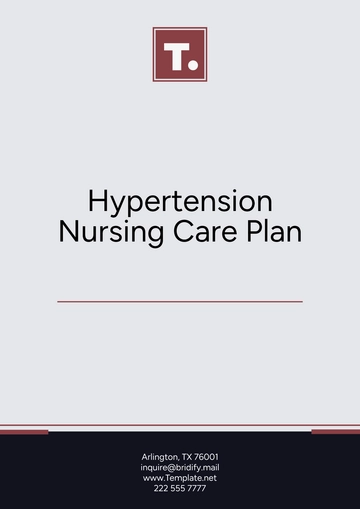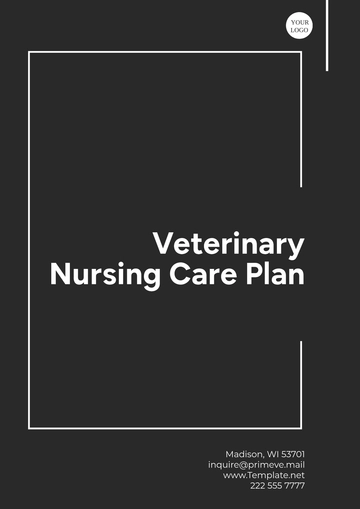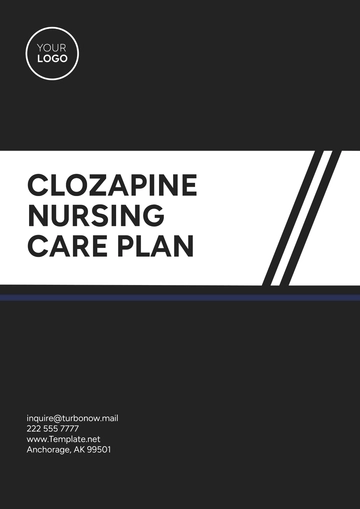Nursing Diagnosis | Goals/Outcomes | Nursing Interventions | Rationale | Evaluation |
|---|
Risk for Falls (NANDA Code: 00155) | The patient will remain free from falls during hospitalization until discharge on January 20, 2050. | 1. Assess fall risk daily using a validated tool.
2. Ensure the call bell is within reach and educate the patient on its use.
3. Place non-slip mats by the bedside. | Frequent assessments reduce fall risk by identifying changes in mobility or cognition.
Accessible tools enhance patient safety.
Non-slip mats minimize slips and accidents. | By January 20, 2050, the patient successfully avoided falls, and no incidents were recorded. |
Impaired Physical Mobility (NANDA Code: 00085) | The patient will demonstrate improved mobility by walking 50 feet with a walker by January 15, 2050. | 1. Encourage active participation in physical therapy sessions.
2. Assist the patient with range-of-motion exercises twice daily.
3. Offer rest periods to prevent fatigue. | Guided exercises improve muscle strength and joint flexibility.
Rest prevents exhaustion and enhances recovery. | By January 15, 2050, the patient independently ambulated 50 feet with a walker. |
Acute Pain related to surgical incision (NANDA Code: 00132) | The patient will report a pain level of ≤3 on a 0–10 scale by January 12, 2050. | 1. Administer prescribed analgesics as needed and assess pain levels every 4 hours.
2. Use non-pharmacological methods such as guided imagery.
3. Educate the patient on proper positioning to reduce pressure on the incision site. | Timely pain relief interventions improve comfort and promote healing.
Non-pharmacological methods provide additional relief.
Education empowers the patient to participate in care. | On January 12, 2050, the patient consistently reported pain levels ≤3. |
Imbalanced Nutrition: Less than Body Requirements (NANDA Code: 00002) | The patient will consume at least 75% of each meal by January 16, 2050. | 1. Collaborate with a dietitian to provide nutrient-dense, appetizing meals.
2. Monitor food intake daily and address barriers like nausea.
3. Provide small, frequent meals as tolerated. | Nutritional strategies address deficiencies and promote recovery.
Frequent monitoring identifies trends and potential issues early. | By January 16, 2050, the patient consistently consumed ≥75% of each meal. |
